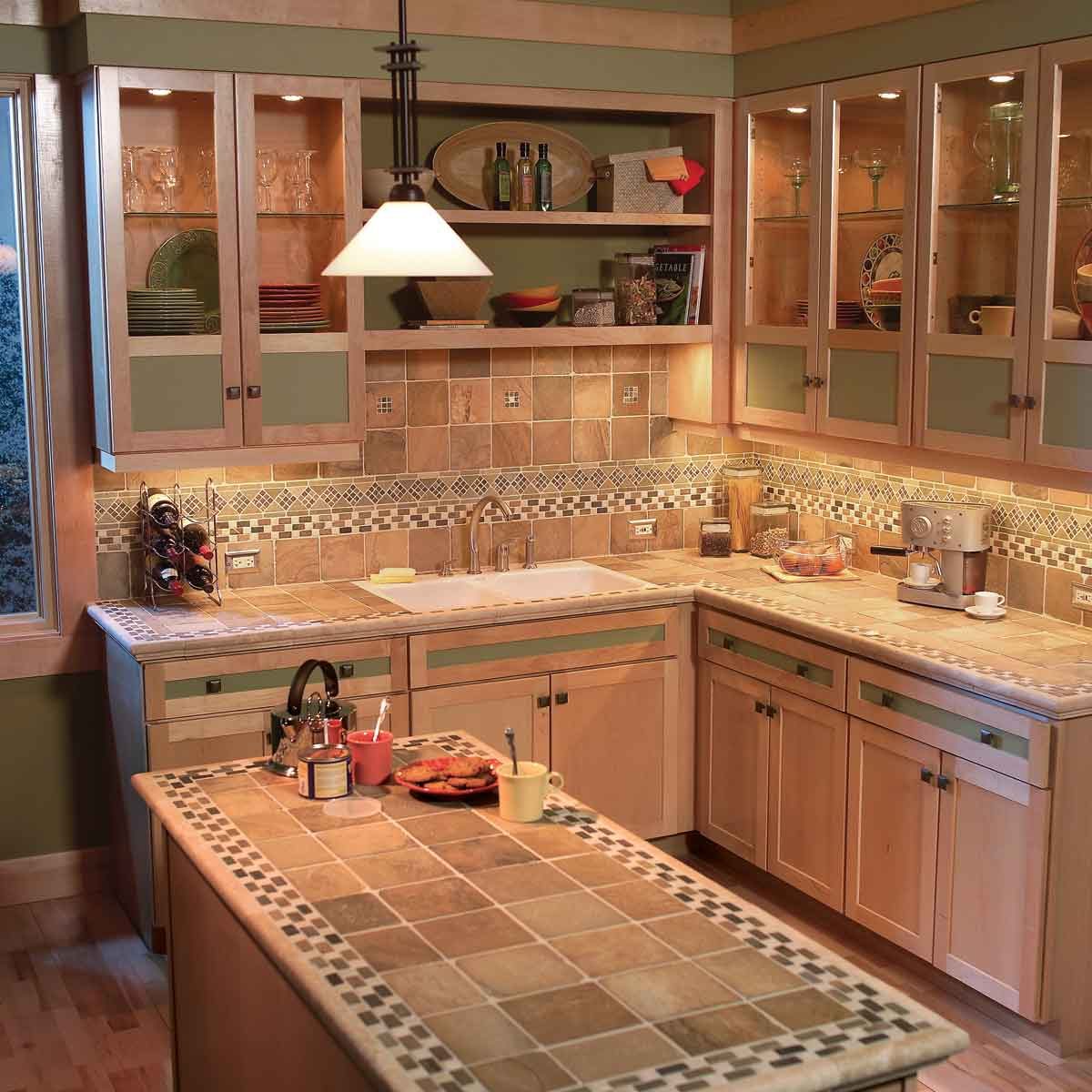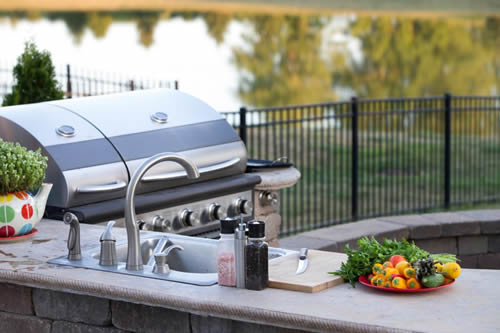What Does The Curtain Wall Surface Imply To Building And Construction Tasks?
They are generally made from light-weight yet robust materials, which we will certainly state in the complying with areas. Unlike other building materials, a curtain wall system is slim and lightweight, normally aluminum and glass. These wall surfaces are not structural, and by design, they are only able to bring their own weight, while transferring the tons of Visit this link wind and gravity to the structure of the building. The design makes it air and water immune, to make certain that the interior of the structure remains airtight. By very carefully choosing infill alternatives such as glass walls or metal panels, architects can produce aesthetically striking buildings that satisfy efficiency standards essential for contemporary construction tasks.
Straight exposure to the elements demands cautious selection of external-facing materials. Plastics and plastic-coated choices are sensible choices if they follow fire regulations laid out in relevant papers. One popular option is glasslike enamelled steel or aluminium sheets (0.7-0.8 mm density).
Comprehending Curtain Wall Surfaces: What They Are And Why They're Essential For Modern-day Structures
AAMA Voluntary Specs permit controlled water infiltration while the underlying ASTM E1105 examination method would define such water infiltration as a failing. This established simulates a wind driven rainfall event on the drape wall surface to check for area performance of the item and of the installation. Added dead lots imposed on the curtain The original source wall surface may consist of sunshades or signage connected to the curtain wall. This versatility in design enables architects to push the boundaries of standard construction and develop aesthetically sensational structures.
Routine evaluations, cleansing, and repairing any type of damage or damage are essential to ensure its performance and to optimize its lifespan. By taking aggressive upkeep procedures, you can stop potential issues from escalating and stay clear of expensive repair work down the line. Unitized curtain wall systems are particularly ideal for large-scale jobs, where performance and speed are critical. Curtain wall surfaces are typically thought about much more attractive than other sorts of walls since they allow for even more all-natural light and give better sights.
Designers
Curtain wall surface construction is crucial for developing style, offering both appeal and capability. By utilizing sophisticated products and innovations, drape wall surfaces not only make structures look better yet also make them stronger and a lot more energy-efficient. The preliminary stages of setting up a drape wall layout involve establishing control lines and afterwards setting up support braces to the primary framework. Metal poles will require to be erected over your structure, before glass panels can after that be very carefully slotted into them. One more vital element of drape wall construction is its combination with various other building systems.
- The different kinds of curtain wall systems consist of stick-built, unitized, semi-unitized, architectural polished, point-supported, cord web, dual skin, rock veneer, light weight aluminum, steel, wood, and glass fin.These systems give a sleek and contemporary want to structures and are commonly utilized in high-rise and commercial buildings.These research studies think about vortex shedding around corners and the results of surrounding topography and structures.
Structural Polished Drape Wall Surfaces
With its design flexibility, enhanced power effectiveness, and ample natural light, drape walls can transform the visual effect and efficiency of a building. By browsing the factors to consider of material selection, installation techniques, and maintenance, curtain wall surface systems can play an essential duty in developing functional, environment-friendly, and visually spectacular frameworks. A drape wall surface is a non-structural external treatment of a structure that safeguards against the elements while including aesthetic appeal. Unlike load-bearing walls, drape wall surfaces do not sustain the structure's weight; rather, they are attached to the structure's architectural framework, like a "curtain" spent time it.

